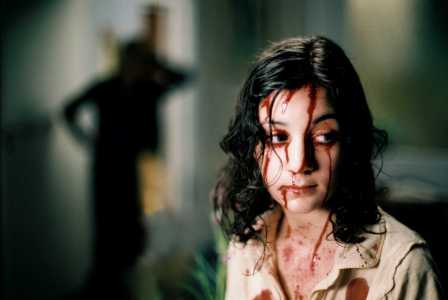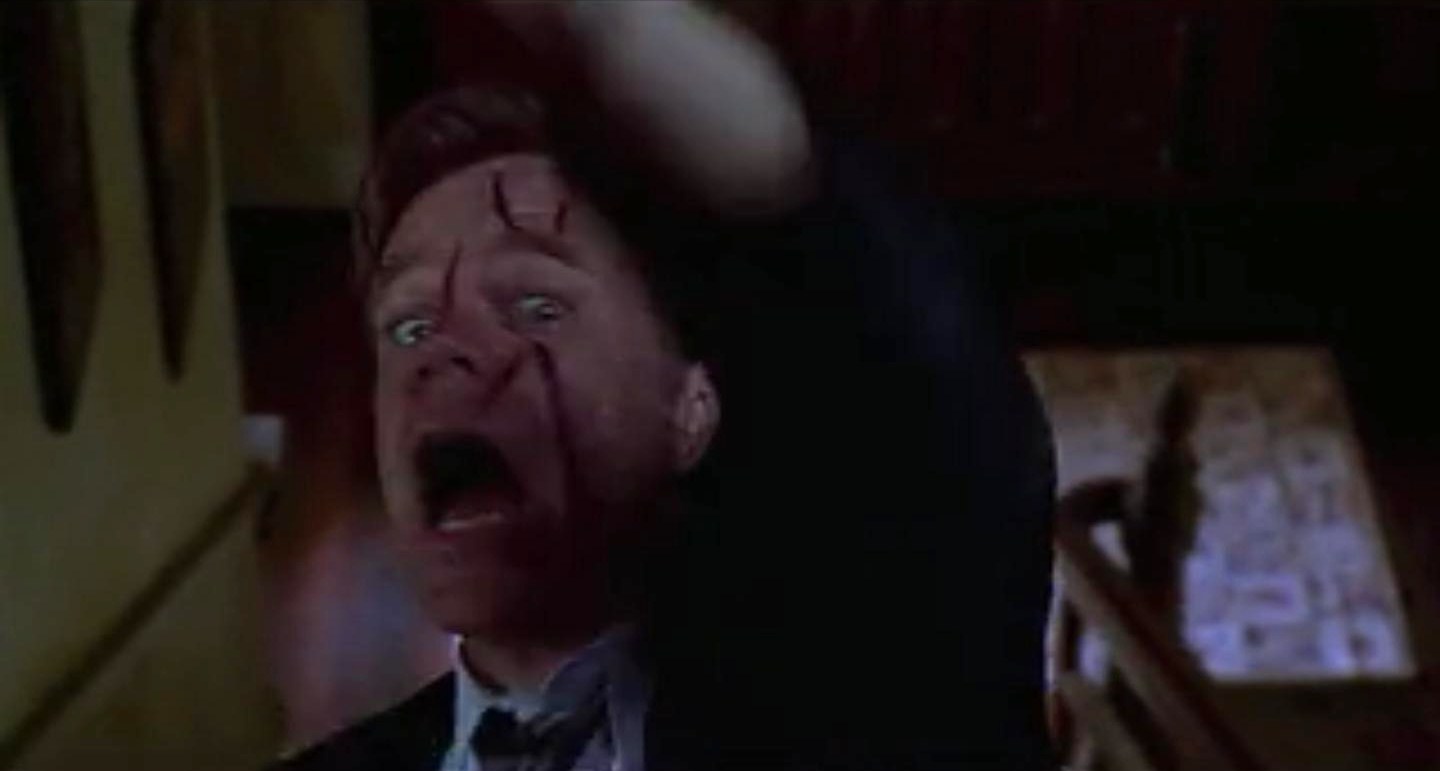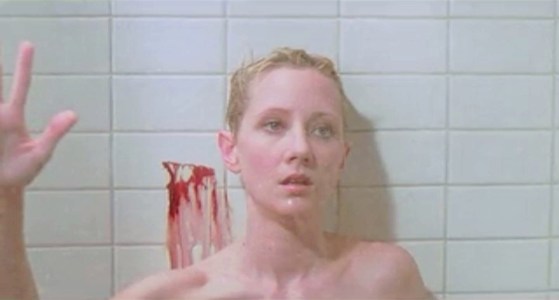Hands up if you remember the ‘90s? Yes? No? Anyone? Apparently, we have reached that time in which an era close to many of our hearts can well and truly be considered as ‘vintage’. You need only look at the tattoo chokered-necks of baby teens and the non-ironic comeback of the backwards cap to realise that the ‘90s is well and truly chained to the past. And so, it is time to rehash everything from that era, scrutinise what was wrong with it and do it all over again. First we had the remake of the Transformers TV shows. Next came Teenage Mutant Ninja Turtles. And now, finally, to top the ‘90s cherry on the gelled and centre-parted cake of ‘90s nostalgia, we have the highly publicised and completely unnecessary remake of I Know What You Did Last Summer. No way!
Way. Just when you thought it couldn’t get any worse, just when you had got over the choppy remake of the Scream franchise, Hollywood had to go and one up itself. Following their recent cinematic success with inanimate-object-horror Oculus, Mike Flanagan and Jeff Howard have been recommissioned to rewrite the original script, ramping up the volume for the noughties generation. Hold on, isn’t that only one generation removed from the original teen audience? What’s to say that the teens of today haven’t seen the original version? That, apparently, is of little consequence to the money men behind this move. Branding anything and everything with the stamp of nostalgia it seems that, if you have the money, anything can be repackaged as a recent cinematic classic.
Remakes are a pound a penny in cinematic history; ideas are hacked, stolen and reworked so rapidly that it’s hard to tell which was the original and which was the copy. The answer, I’m sure, is neither.
 The Girl With the Dragon Tattoo
The Girl With the Dragon Tattoo
Just as quickly as the Swedish cinematic powers that be had snaffled up Stieg Larsson’s original thriller concept, whipped up a script and, hey-presto, filmed a trilogy of films, Hollywood stuck their big old boot in. Granted, it was David Fincher but it seems that nowadays, you need only utter the words “not in the English language” and a Hollywood truck will pull up, snatch out a contract and take your idea from beneath your nose. Replicating the dark sleekness of the Scandinavian original down to an uncanny ‘T’, Fincher’s remake was less effective than it was baffling. The only real reason Hollywood seemed to want this film was so that they could beat up Daniel Craig once again. And that is a very silly reason indeed.
Let the Right One In
The remake of yet another Scandinavian success story, the more widely seen Let Me In has received such high praise from cinema goers that many assume it was the original version. Hmmm. Whilst the child actors are certainly giving it a good go and all that, if we have learnt anything at all over the past 5 years, it’s that no-one does sinister terror like the Scandis. Piling on the blood, blackest humour and perfectly golden complexions, Scandinavia shows us how it’s done both on and off the screen.
We Are What We Are
I don’t know about you, but I’m starting to spot a common theme amongst these unnecessary remakes. Taken from the Mexican original, America gave us yet another remake of an original concept film not in the English language. Moving from the brooding and largely unassuming original from the dank streets of Mexico, the film picks up in the even danker rural streets of small town America. Nodding to the offbeat and nightmare-ish vibes of the original film, the remake somehow manages to twist the weirdness and turn it into a very ordinary affair. Whereas Jorge Miguel Grau’s deeply unnerving original commented very quietly about states of poverty and starvation in South America, the makers of the remake fail to pick up on the idiosyncrasies at play within the plot. Turning it on its head, they overlook the furious whispers behind the gore (which truly make the film what it is) and turn the volume up to 11. Sometimes, it seems, it takes another culture and another language to say things which cannot be said in our own.
What is it with horror films and remakes? This year saw the remake of not only Stephen King’s novel but also, Brian De Palma’s 1976 cinematic adaptation for the modern teen audience. With a soundtrack pumped up to the rafters, Kimberly Pierce’s Carrie remake squeezed all of the poignant adolescent pain from De Palma’s cinematic reimagining and stuffed it full of cheap thrills and empty visuals. Void of Pino Donaggio’s heartbreaking soundtrack, the Carrie story feels all the more empty this time around. Whilst Sissy Spacek’s bambi-on-ice quality rendered Carrie as a sympathetic character, Chloe Grace Moretz’s teen idol status leaves the characterisation entirely confusing. And when something is a perfect as Brian De Palma’s version, why would you want to go and change it?
Psycho
With the playing of a few dischordant strings, a villain is made. Alfred Hitchcock’s 1960 version of Psycho is iconic in so many ways that it can be referenced in a few small gestures. Taking the horror films to brand new heights, Hitchcock revealed to us the very worst thing on screen without showing us anything at all. So when Gus Van Sant announced that he had remade Hitchcock’s film, frame by frame, everyone uttered a collective “huh?” When a film is as representative of a moment in cinema as Psycho, to attempt a remake seems to set yourself up for immediate failure. You might as well shoot yourself in the foot before you start shooting your actors. And whilst Van Sant’s film was made so that another would not try and change Hitchcock’s original, it still feels like a cheap knock-off version. Hold the two film reels up next to each other and, indeed, both play to exactly the same narrative, editing and sound production. And yet, there is something missing. What Van Sant has is the bare bones of the film but what he lack entirely is the Hitchcock effect, the ineffable thing with which a film by the master himself is imbued.
Remakes never work. And indeed, there can be no such thing as a remake. All we have is new things, different films and diverse ideas. If a filmmaker should choose to remake a film which already exists, then they should think for what reason they are deciding to make their film. It must be approached as though it were the original, as though it were the founding cinematic idea. If not, all we are left with are loose cuts. And we all know that leftover only leave you feeling flabby, empty and just a little queasy.


